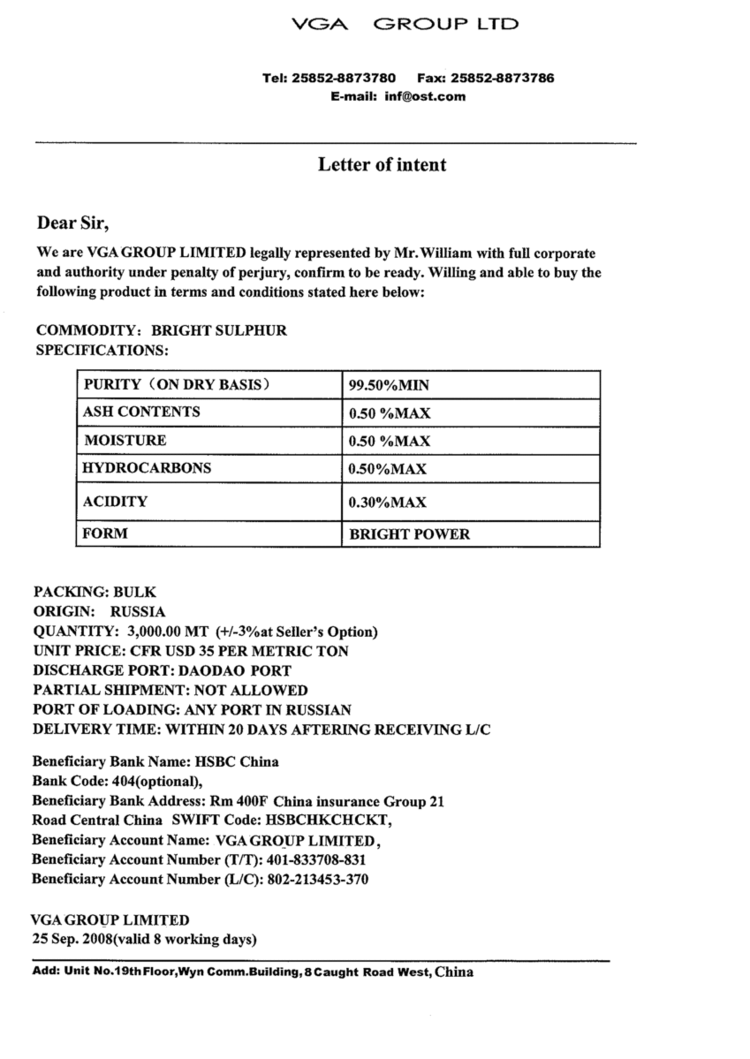 | ||
A letter of intent (LOI or LoI, and sometimes capitalized as Letter of Intent in legal writing, but only when referring to a specific document under discussion) is a document outlining one or more agreements between two or more parties before the agreements are finalized. The concept is similar to a heads of agreement, term sheet or memorandum of understanding. Such outlined agreements may be mergers and acquisitions transaction agreements, joint venture agreements, real property lease agreements and several other categories of agreements that may govern material transactions.
Contents
A letter of intent may be presented by one party to another party and subsequently negotiated before execution (or signature.) If carefully negotiated, an LOI may serve to protect both parties to a transaction. For example, a seller of a business may incorporate what is known as a non-solicitation provision, which would restrict the buyer's ability to hire an employee of the seller's business should the two parties not be able to close the transaction. On the other hand, an LOI may protect the buyer of a business by expressly conditioning its obligation to complete the transaction if is unable to secure financing for the transaction.
Purposes of an LOI
Common purposes of an LOI are:
Potential downsides to using an LOI may include:
Specific examples
In academia, a letter of intent is part of the application process, in which it is also known as a statement of purpose or application essay. In education in the United States, letters of intent are also frequently reached between high school senior athletes and colleges/universities, for the reservation of athletic scholarships for the athletes upon graduation from high school. School administrators in secondary education often require a letter of intent before approving the formation of a student club.
In real estate, in cases where the real property in question is not listed on a multiple listing service, there may not be an easy way to notify the owner of the property and other interested parties of intent to purchase. Often it is necessary to officially begin the process of a purchase, and allow all peripheral interested parties to begin any other processes, with a letter of intent. For example, a multimillion-dollar loan for a commercial property may require a letter of intent before a financial institution will allow personnel to spend time working on said loan necessary for the completion of the sale. The same may be followed at the time of purchase by any company.
In the solicitation of government grants, a letter of intent is highly encouraged but it is not required or binding, and does not enter into the review of a subsequent application. The information that it contains allows agency staff to estimate the potential workload and plan the review.
